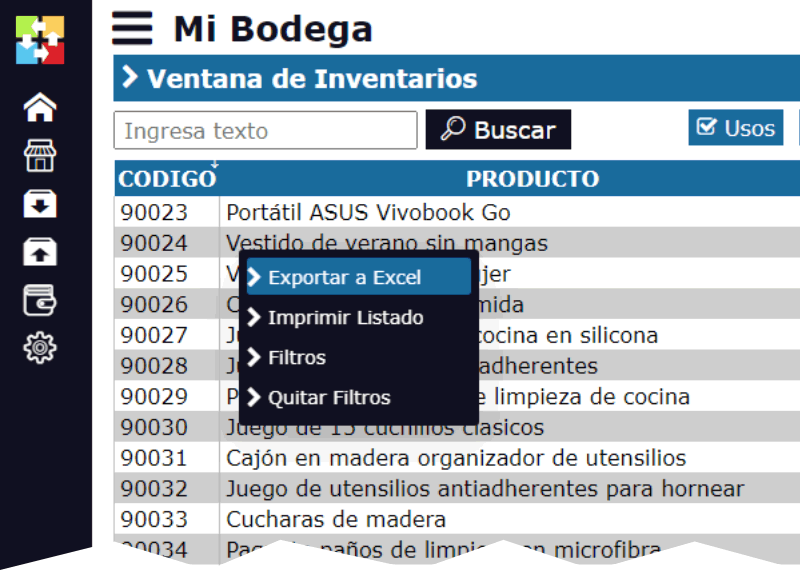Tribute records in the Inca Empire: An accounting system without writing?
The Inca Empire was one of the most advanced and complex civilizations of pre-Columbian America. Despite not having an alphabetical writing system, the Incas developed a sophisticated accounting system to record and manage tributes and resources of the empire. In this article, we will explore how this system worked and how the Incas managed to keep a precise record of their finances without the help of writing.

The Quipu System
The Inca accounting system was based on the use of quipus, which were cords of wool or cotton with knots and colors that represented different quantities and concepts. Quipus were used to record information about the population, agricultural production, tribute collection, and resource management of the empire.
Quipus were composed of a series of main and secondary cords, each with a specific meaning. The main cords represented different categories of information, while the secondary cords provided additional details. The knots and colors on the cords indicated the specific quantities and concepts being recorded.
Types of Quipus
There were different types of quipus, each with a specific purpose. Some of the most common types of quipus included:
- Accounting Quipus: used to record quantities and perform arithmetic calculations.
- Record Quipus: used to record information about the population, agricultural production, and tribute collection.
- Message Quipus: used to send messages and orders throughout the empire.
Tribute Administration
Tribute administration was a complex task in the Inca Empire. The Incas collected tributes in the form of agricultural products, textiles, metals, and other goods. Tributes were used to finance the administration of the empire, maintain the army, and carry out construction projects.
Quipus were used to record the quantity and type of tributes collected, as well as the date and place of collection. Quipus were also used to calculate the amount of tributes that should be collected in different regions of the empire.
The Importance of Quipus in Tribute Administration
Quipus were fundamental to the administration of tributes in the Inca Empire. They allowed Inca administrators to record and track information about tributes in a precise and efficient manner. Quipus also allowed the Incas to identify patterns and trends in tribute collection, which helped them make informed decisions about the administration of the empire.
Conclusion
The Inca accounting system, based on the use of quipus, was a notable achievement in the administration of tributes and resources of the empire. Despite not having an alphabetical writing system, the Incas developed a sophisticated system that allowed them to record and manage information in a precise and efficient manner. Quipus are an example of the creativity and innovation of Inca civilization, and their study remains relevant today to understand the complexity of resource management in pre-Columbian societies.






